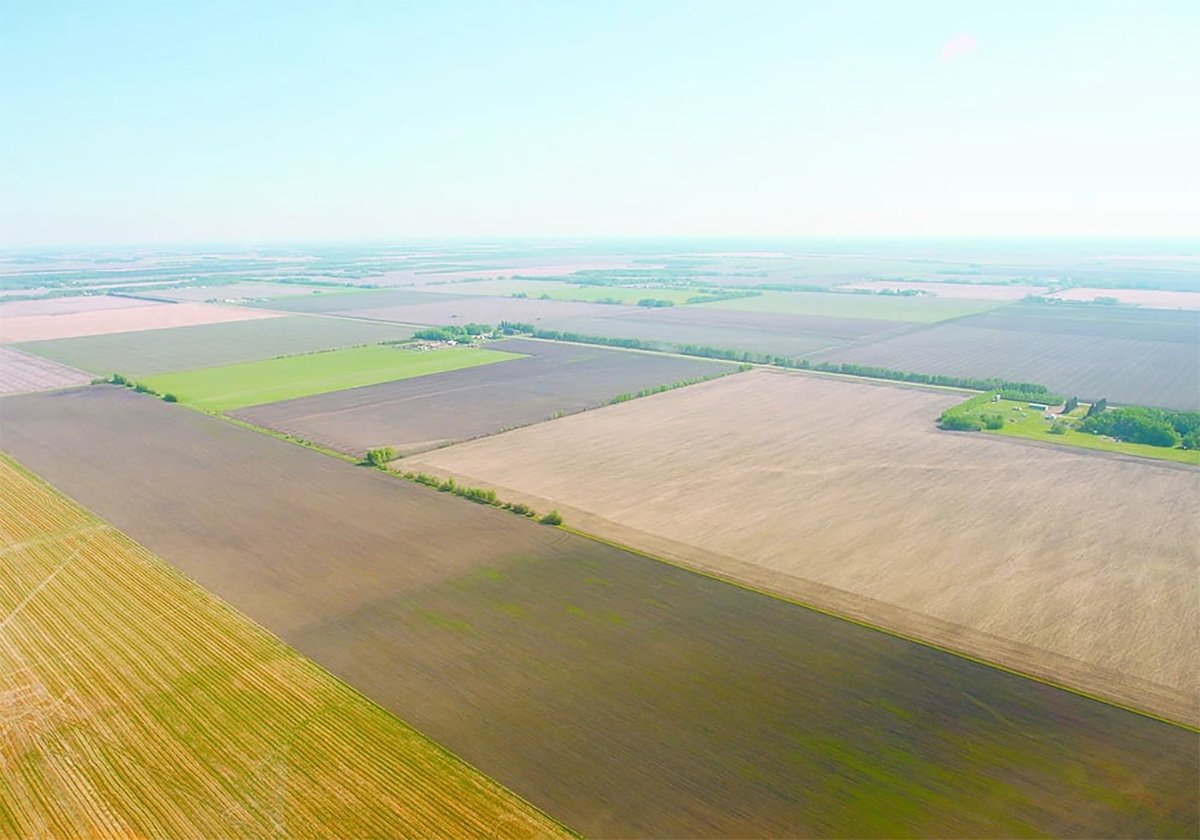If the grain industry wants to use declarations or affidavits to ensure farmers are delivering what they say they are, it shouldn’t look to the Canadian Grain Commission for help.
A commission spokesperson said last week the agency intends to leave that to the private sector to sort out.
“By not imposing a complex regulatory structure on people, then declarations will be used where it makes commercial sense to use them,” said Paul Graham. “Where it doesn’t, they won’t.”
Last month the commission abandoned plans for a system of regulated, mandatory declarations of variety eligibility, saying the costs to farmers outweighed the benefits.
Read Also

Saskatchewan amends farm land ownership regulations
The Canada Pension Plan Investment Board can no longer own Saskatchewan farmland.
At the same time, the commission said it expects to see increased use of variety declarations in private commercial transactions between grain companies and farmers.
Some in the industry have said they’d like the commission to amend the Canada Grain Act to include rules covering liability and penalties associated with the declarations.
“We want the CGC to be creative and proactive here and to be helpful to the industry,” said Gord Flaten, director of market development for the Canadian Wheat Board.
“I hope they’re not going to back off and say this is for others in the industry to solve.”
Wade Sobkowich of the Western Grain Elevators Association said it would be helpful if the grain act included some guidance on the issue of liability.
He said it needs to be made clear that producers who misrepresent grain can be held liable not only for the value of the grain they deliver, but also for financial losses arising from contamination of other grain throughout the system.
“Not because we want to nail producers, but because we want to make sure people think long and hard before they misrepresent varieties in the system,” he said.
Graham said the commission has no plans to amend the grain act, but he also insisted the agency isn’t backing away from the issue, noting that it has proposed a three-pronged strategy to deal with varietal purity and identification.
And he said the commission is confident the industry can devise a workable system, similar to the program for Alsen wheat that the CWB implemented this year.
“Commercially based declarations can work,” he said. “And they can do it without changes to the act.”
The only way the commission would be involved, he added, would be as a final arbiter in disputes between farmers and grain companies over the proper grade or variety.
However Flaten maintained it would prefer to have rules and penalties set out in the grain act, rather than forcing parties to resolve disputes through the judicial system.
“If you rely completely on people to go to court to enforce declarations, it may be an expensive and cumbersome way to manage this,” he said.
Under the commission’s VED proposal, unveiled in January 2003, farmers and others in the grain handling system would have been required to take samples and sign varietal declarations every time a load of grain changed hands.
However, after consulting with farm and industry groups and commissioning a cost-benefit analyst, the commission decided not to proceed with mandatory VED.
Instead it has proposed a wheat quality assurance strategy consisting of three elements:
- Development of “rapid and affordable” technology to identify varieties.
- Increased monitoring of rail and vessel shipments by the CGC to identify unregistered varieties and downgrade shipments accordingly.
- Restructuring the official classes of western wheat to enable the development, registration and handling of non-milling wheat.
Sobkowich said the elevator association questions the value of increased monitoring if it’s not accompanied by measures to deal with the results.
“If there is going to be increased monitoring, and if that results in increased downgrades, then we have to make sure the mechanisms are in place to ensure the responsibilities and liabilities fall on the responsible individuals,” he said. “Increased monitoring is only part of the solution.”
















